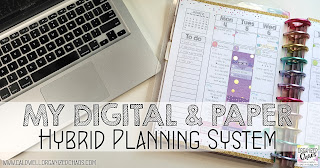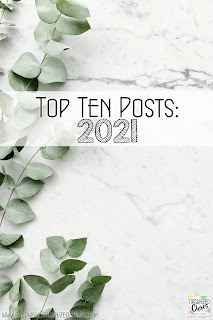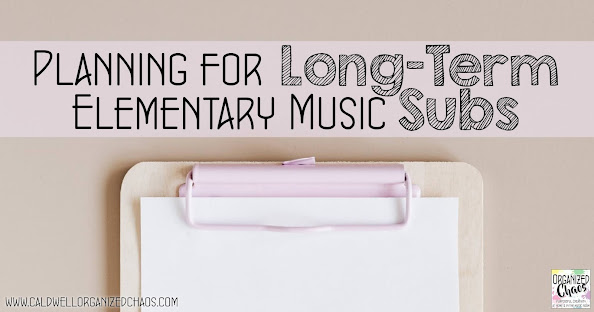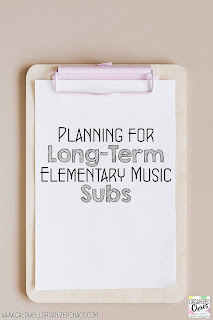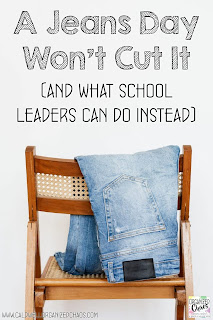It has been said many times by this point but I'm adding my voice to the chorus: random, superficial rewards from administrators that are supposed to make teachers feel better just don't cut it when the stress and the pressure are this high. Teachers don't want a pat on the back when they're drowning. Here are a few things I see many school leaders trying that don't work, and a few that do.
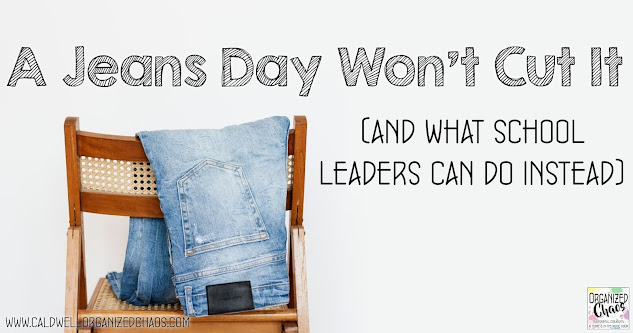
It's worth mentioning that, this year, I am straddling the line between teacher and school leader as a department chair in my district. I see both sides of the problem in some ways- I definitely roll my eyes at a lot of the lame attempts at morale boosters, but I also heave a huge sigh at some of the suggestions I hear teachers making that leadership should try instead. Most of the suggestions are for structural, systemic changes that are often unrealistic or impossible for administrators to achieve, at least in the short term where it would make a difference in the lives of the teachers making the request. There are a lot of restrictions school leadership deal with that teachers simply aren't aware of. Yes, systemic changes are needed, but we also need some triage right now with shorter term solutions that can make a difference.
What doesn't work: one-off, surface-level tokens
Small tokens of appreciation, whether it's donuts in the staff lounge, a "jeans pass", or a jolly rancher on teachers' desks, are nice. The problem is most of the time, school policies, reality of life, and overall school climate communicate a lack of appreciation that one small gesture won't counteract. In fact, many school leaders use these little tokens as a way to mentally check off the "be nice to the teachers too" box and teachers know it, so these small gestures end up coming off as disingenuous, and often just create more dissatisfaction.
What does work: a consistent pattern of appreciation
Patterns of behavior speak louder than individual actions. Small reminders that teachers are appreciated can in fact be an effective way to build a positive climate if they are done regularly, and backed up by genuine support. Tokens alone aren't enough to improve teacher morale but if they are a consistent, regular occurrence they can build a positive culture over time and add a spark of fun without feeling superficial.
What doesn't work: motivational speeches
Whether it's an actual speech in a staff meeting, a pep talk in the hallway, or a motivational meme at the end of an email telling teachers it's going to be OK, or that they are superheroes, general motivational messages without concrete action are another great way to elicit eye rolls from staff.
What does work: specific affirmation
Specific compliments and thanks, on the other hand, are one of the best ways to improve teacher morale. It needs to be a specific statement about a specific thing to a specific person ("I saw the way you responded to the student running down the hall to calmly redirect them, Ms. Johnson."), not a general "You all are awesome", for it to be meaningful. Verbal comments are great, a quick card or even an email is even better because it can be read back again later.
What doesn't work: assigned self care
This seems to be all the rage right now: using meeting or PD time to have all teachers practice a certain form of self-care, whether that's bringing in a yoga instructor or practicing specific meditation techniques. While helping staff develop healthy habits is great, one-size-fits-all is usually not effective. Some of the teachers will love it, and the rest will feel like it was a waste of time and check out.
What does work: encouraging healthy habits and offering support
Instead of dictating how teachers should take care of their physical, mental, and emotional health, send the regular message that healthy living is important. Take the money that you might have spent paying an outside presenter to come and work with the whole staff, and reserve it for things teachers actually request, or whether it's yoga mats for a small group of interested teachers, a certain type of tea in the staff room. Support teachers in their decision when they choose to take a day off to care for a sick child or recuperate themselves. Let teachers know that if they need to take a walk around the block at the beginning of their planning, you know they will be more productive afterwards.
What also works: do the heavy lifting
Take care of menial tasks that need to get done. Move boxes to the upstairs copy room, put a new roll of laminate in the laminator, transfer teachers' goal write-ups to the new platform. Just being able to check something off their lists can make a world of difference in a teacher's day, and doing so (in visible, concrete ways that teachers will notice) regularly will help everyone feel like they're part of a real team.
What really works: honest dialogue
Ask teachers for suggestions of ways to make their work less stressful and relieve some of the pressure. When they give suggestions that are impossible to fulfill, tell them honestly why you don't believe that's possible, and work with them to come up with alternatives. Teachers will appreciate the opportunity to give input on what will actually make a difference, and they probably will gain a better understanding of why some things aren't happening that they think should be.
I could keep going but let's stop there for now! What would you add to this list?





